Air Jet Mill
Dry-Type Milling Facility
Strengths of Miracle Solution’s Air Jet Mill Facility
Nano-Size Grinding Using Air
and N₂ as Grinding Media
Grinding Using Air
and N₂ as Grinding Media
Precise Particle Size Control
to accelerate materials, causing high-speed collisions that break
them down into nano-size particles.
This process allows for precise particle size and distribution control,
making it suitable for the production of fine particles across various industries.
A D50 value of 2μm means that the median particle size is 2μm,
indicating that the particles are extremely small and uniformly distributed.
Such optimization plays a crucial role in improving the quality
and productivity of secondary battery materials through efficient milling.
Therefore, facility enhancement and adjustments are essential
to maximize process efficiency and productivity.
Precise Particle Size Control
compressed gas to accelerate materials,
causing high-speed collisions that break them down
into nano-size particles.
This process allows for precise particle size
and distribution control, making it suitable
for the production of fine particles across various industries.
A D50 value of 2μm means that the median particle
size is 2μm, indicating that the particles are extremely small
and uniformly distributed
Such optimization plays a crucial role in improving
the quality and productivity of secondary battery materials
through efficient milling.
Therefore, facility enhancement and adjustments
are essential to maximize process efficiency and productivity
Precise Particle Size Control
N₂ involves high-pressure compressed
gas to accelerate materials,
causing high-speed collisions that break
them down into nano-size particles.
This process allows for precise particle size
and distribution control, making it suitable
for the production of fine particles across
various industries.
A D50 value of 2μm means that the median
particle size is 2μm, indicating
that the particles are extremely small
and uniformly distributed.
Such optimization plays a crucial role in
improving the quality and productivity
of secondary battery materials through
efficient milling.
Therefore, facility enhancement
and adjustments are essential
to maximize process efficiency
and productivity.
Strengths of Miracle Solution’s Air Jet Mill Facility
of Objects and Target Size
to Characteristics
of Objects and Target Size
Applications
including secondary batteries, chemicals, pharmaceuticals, biotechnology,
and food.
Ranging from large-scale industrial milling facilities to small-scale lab facilities for research purposes
Applications
various industries, including secondary batteries, chemicals,
pharmaceuticals, biotechnology, and food.
Ranging from large-scale industrial milling facilities
to small-scale lab facilities for research purposes.
Applications
and application-specific raw material
production across various industries, including
secondary batteries, chemicals,
pharmaceuticals, biotechnology, and food.
Ranging from large-scale industrial milling
facilities to small-scale lab facilities for
research purposes
Strengths of Miracle Solution’s Air Jet Mill Facility
Contamination
All Parts Sealed to Prevent Powder Contamination
High-Efficiency Design
without the need for external tools or equipment.
Additionally, all the parts are sealed to prevent any powder or particles generated during milling from being released, minimizing powder
contamination.
These features enhance the efficiency of the milling process,
helping to maintain product quality and prevent contamination.
High-Efficiency Design
between particles without the need for external tools
or equipment.
Additionally, all the parts are sealed to prevent any powder
or particles generated during milling from being released,
minimizing powder contamination.
These features enhance the efficiency of the milling process,
helping to maintain product quality and prevent
contamination.
High-Efficiency Design
Additionally, all the parts are sealed to prevent
any powder or particles generated during
milling from being released, minimizing
powder contamination.
These features enhance the efficiency of the
milling process, helping to maintain product
quality and prevent contamination.
Strengths of Miracle Solution’s Air Jet Mill Facility
Flexible use for temperature-sensitive products
Flexible use for temperature-sensitive products
Key Features of Air Jet Mill
the process minimizes temperature rise during milling.
This allows for effective heat control during the milling process,
enabling stable handling of temperature-sensitive products.
Due to these characteristics, the Air Jet Mill is particularly suitable
for processing temperature-sensitive materials and is widely used
in the pharmaceutical and food industries.
Key Features of Air Jet Mill
the process minimizes temperature rise
during milling.
This allows for effective heat control during
the milling process, enabling stable handling
of temperature-sensitive products.
Due to these characteristics, the Air Jet Mill is
particularly suitable for processing
temperature-sensitive materials and is widely used
in the pharmaceutical and food industries.
Key Features of Air Jet Mill
By using ambient air as the grinding medium
the process minimizes temperature rise during
milling.
This allows for effective heat control during
the milling process, enabling stable handling
of temperature-sensitive products.
Due to these characteristics, the Air Jet Mill is
particularly suitable for processing
temperature-sensitive materials and is widely
used in the pharmaceutical and food industries.
Milling Process of Air Jet Mill
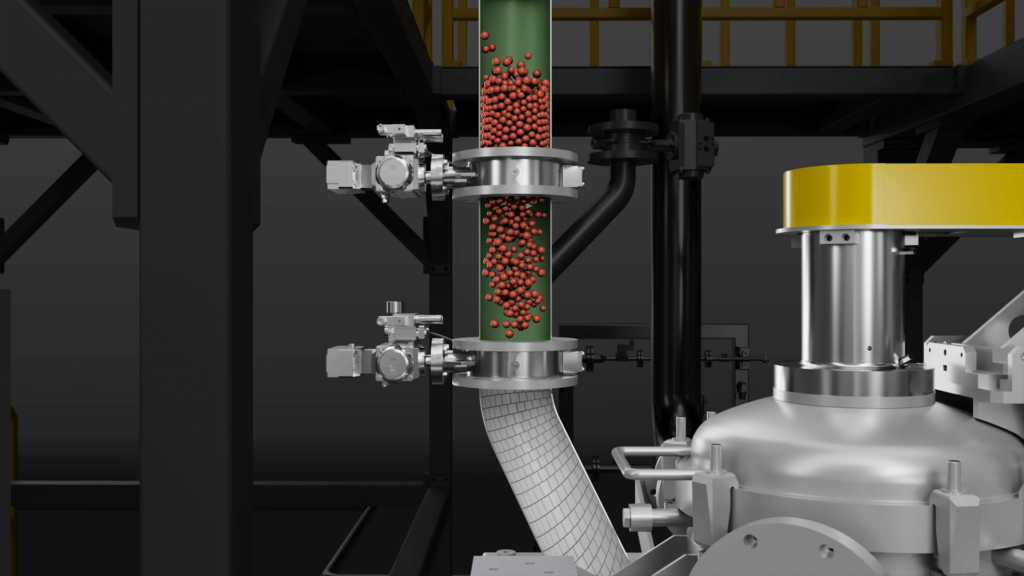
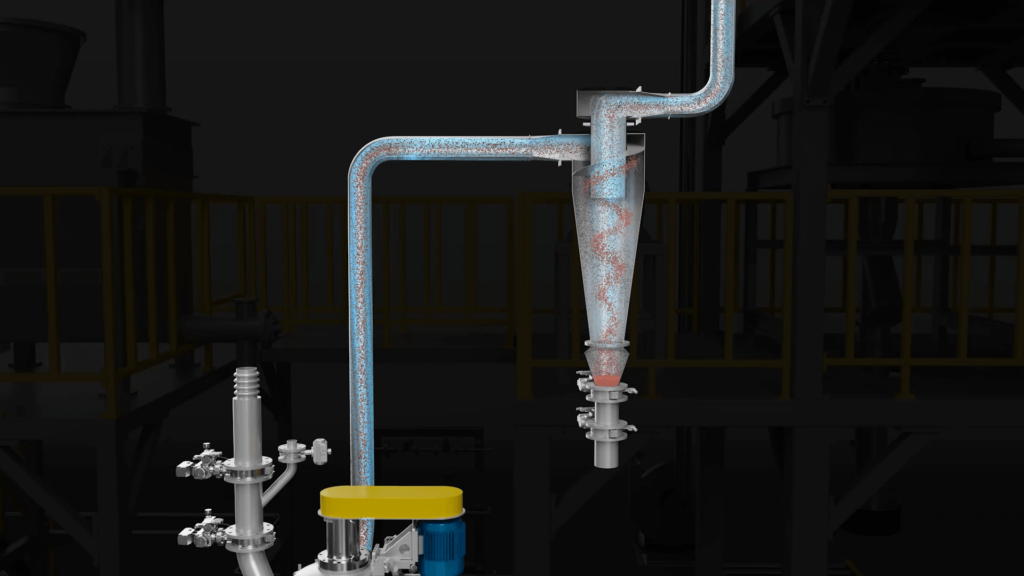
Raw Material Inlet
ㆍIntroduce the raw material into the Air Jet Mill chamber
ㆍPowerful air jets are released from three directional nozzles to achieve
the target particle size grinding
ㆍDuring the primary milling, large particles rise while smaller particles
are discharged at the bottom
Cyclone
ㆍInside the cyclone, the airflow spirals like a vortex
ㆍHeavy and large particles move to the bottom,
while smaller particles follow the swirling airflow to the top
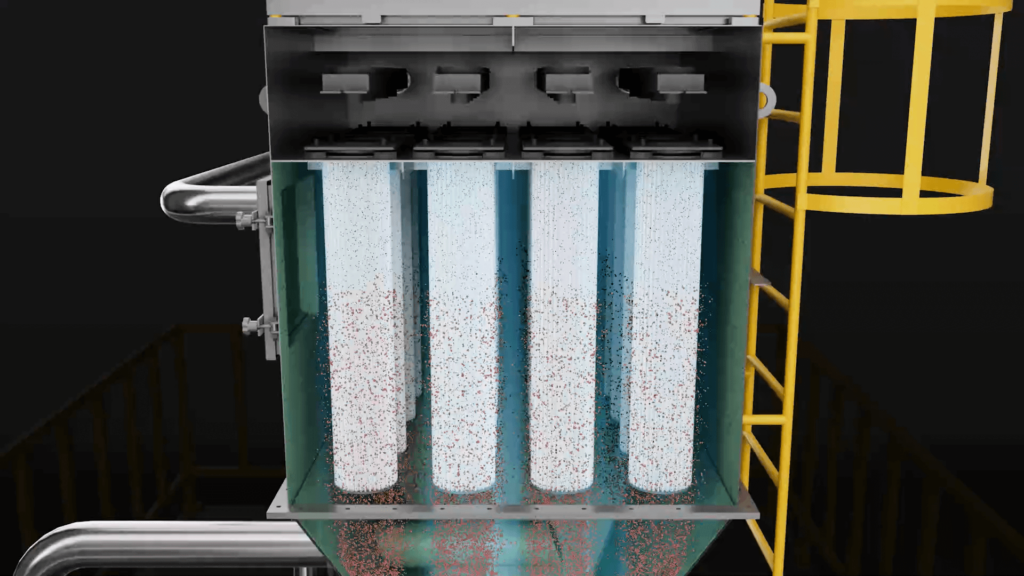
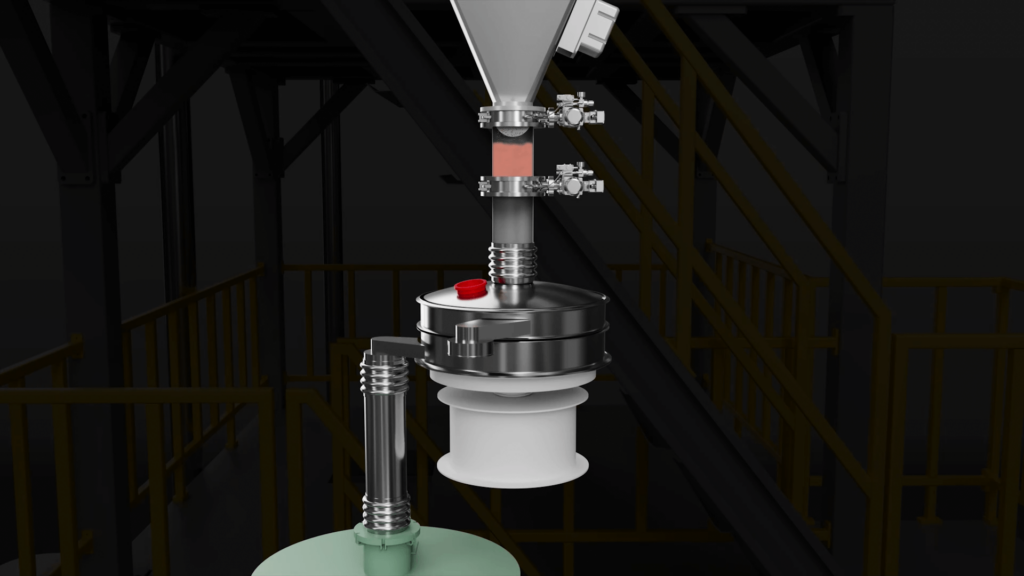
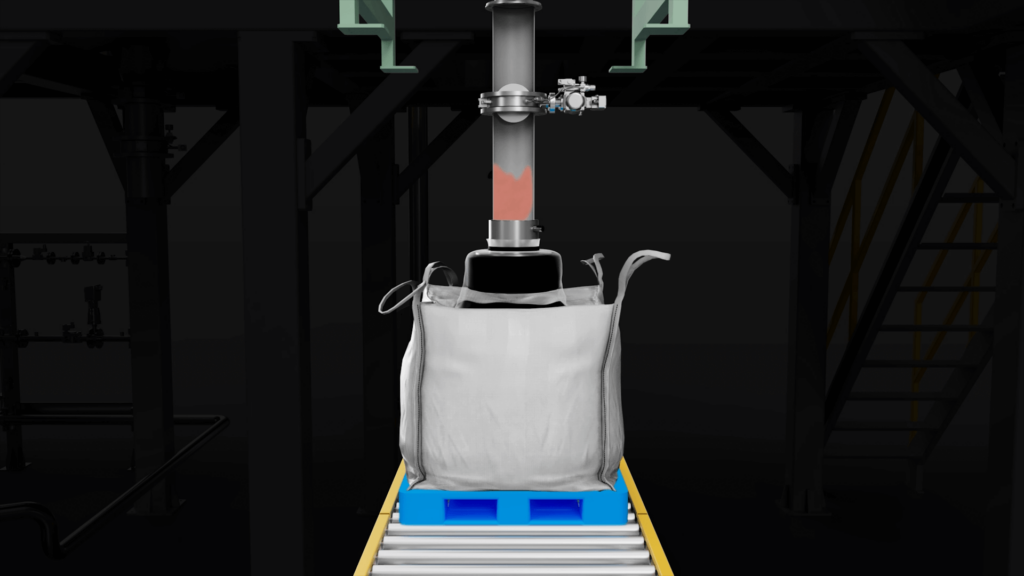
Bag Filter
ㆍThe milled raw material follows the airflow and adheres
to the surface of the bag filter
ㆍAir is momentarily released from the upper nozzle of the bag filter,
dislodging the adhered material on the filter
and directing it downward
Feeder
Raw Material Screening Process
ㆍThe material dislodged from the bag filter is fed into the feeder
ㆍThe supersonic vibrations from the feeder finely shake the material,
allowing the sieving for particle separation
ㆍThe screened material then passes through a magnetic system
at the bottom, filtering out any remaining iron components
from the material
Final Raw
Material Transfer
ㆍThe fully ground final material is collected in one place,
completing the process
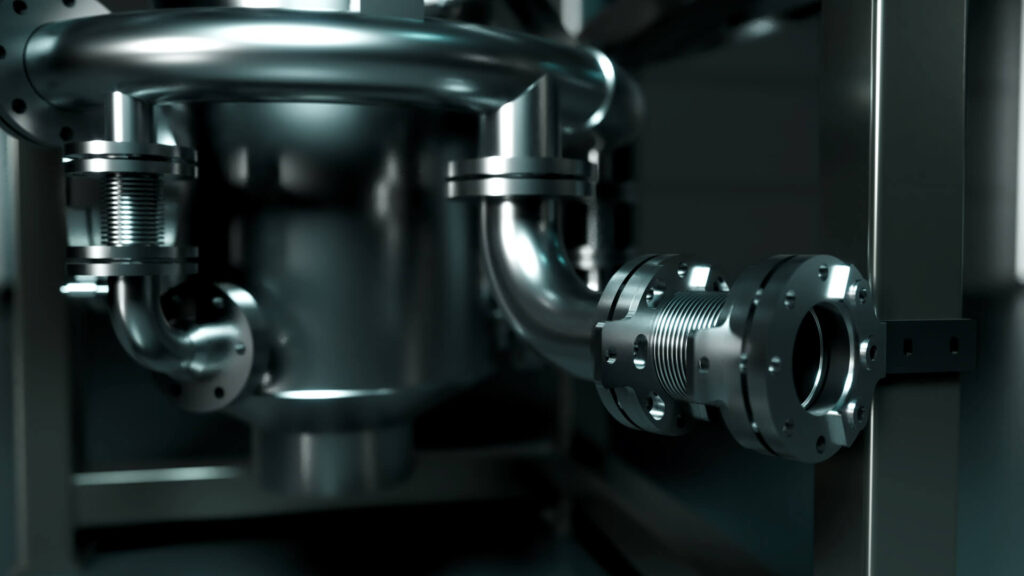
Final Raw
Material Transfer
ㆍThe fully ground final material is collected in
one place, completing the process
Milling Process of Air Jet Mill
Milling Process of Air Jet Mill

Raw Material Inlet
ㆍIntroduce the raw material
into the Air Jet Mill chamber
ㆍPowerful air jets are released
from three directional nozzles
to achieve the target
particle size grinding
ㆍDuring the primary milling,
large particles rise while
smaller particles are discharged
at the bottom

Cyclone
ㆍInside the cyclone, the airflow
spirals like a vortex
ㆍHeavy and large particles move
to the bottom, while smaller
particles follow the swirling
airflow to the top

Bag Filter
ㆍThe milled raw material follows
the airflow and adheres
to the surface of the bag filter
ㆍAir is momentarily released
from the upper nozzle
of the bag filter, dislodging
the adhered material on the filter
and directing it downward

Screening Process
ㆍThe material dislodged from
the bag filter is fed into the feeder
ㆍThe supersonic vibrations from
the feeder finely shake
the material, allowing the sieving
for particle separation
ㆍThe screened material then passes
through a magnetic system at the
bottom, filtering out any remaining
iron components from the material

Final Raw Material Transfer
ㆍThe fully ground final material is
collected in one place,
completing the process
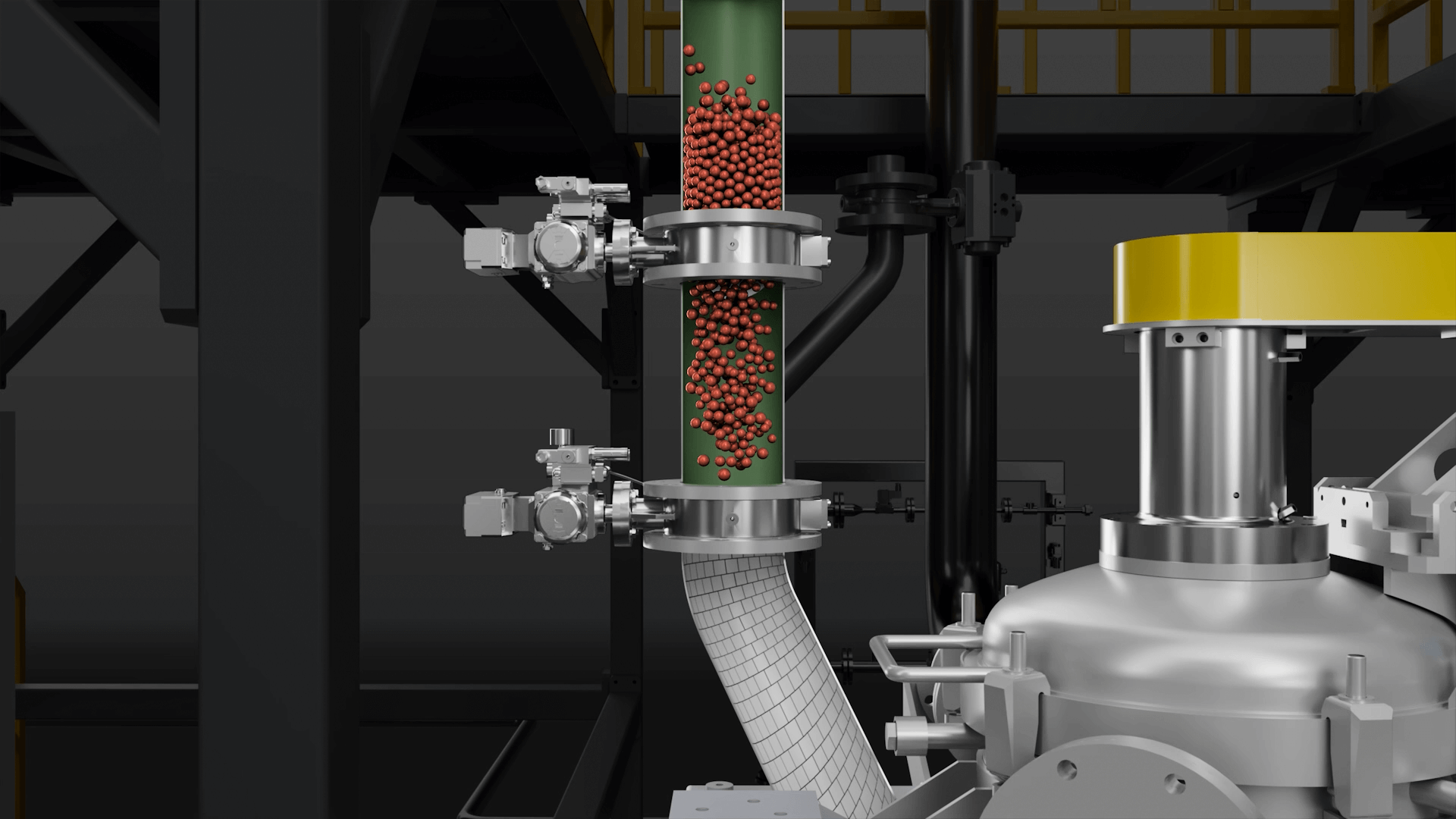
Raw Material Inlet
ㆍIntroduce the raw materialinto the
Air Jet Mill chamber
ㆍFor the target particle size, powerful
air jetsare directed from three nozzles
ㆍDuring the first milling, large particles rise
while smaller particles are discharged
at the bottom
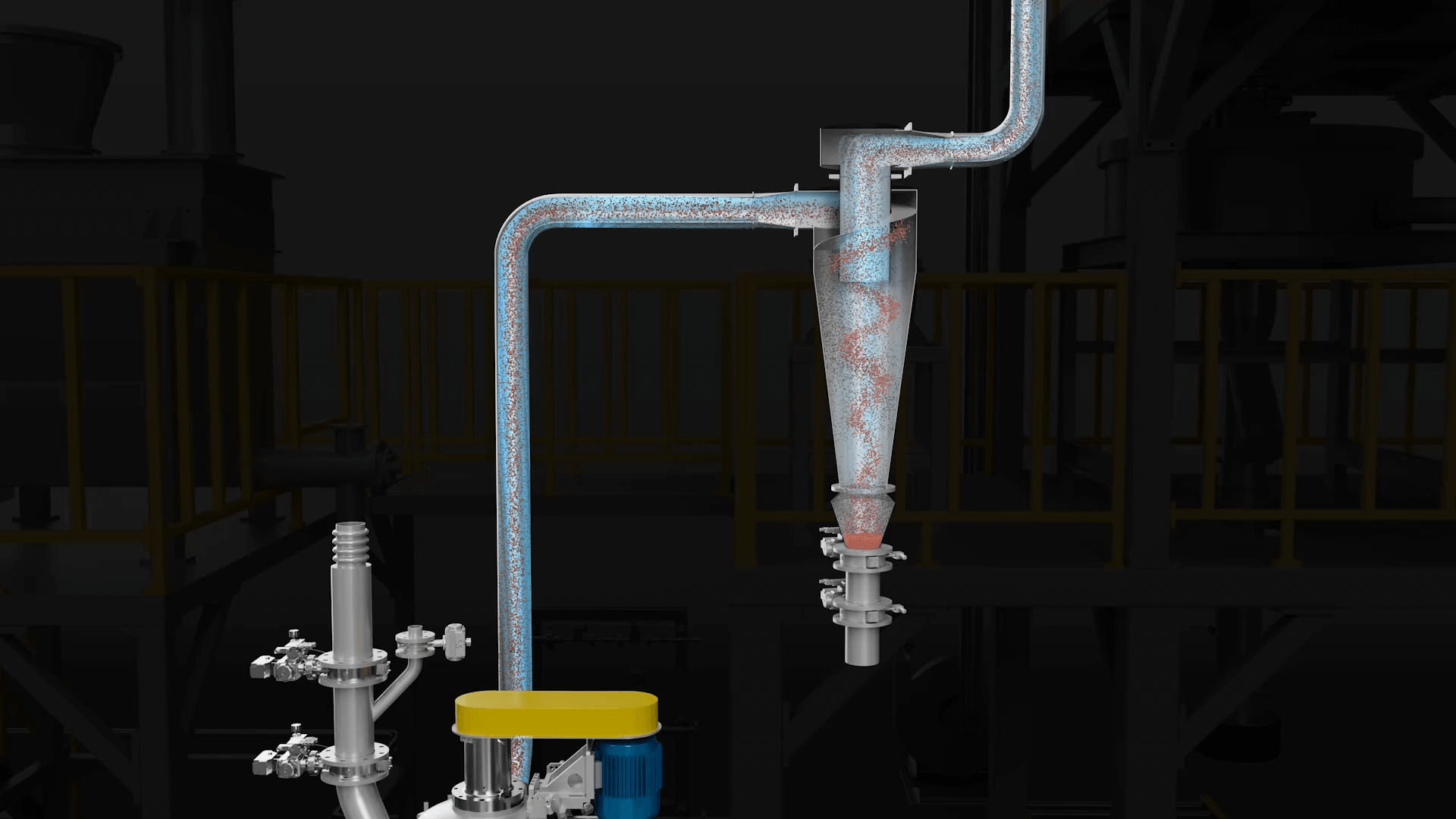
Cyclone
ㆍInside the cyclone, the airflow spiralslike
a vortex
ㆍHeavy and large particles move
to the bottom, while smaller particles follow
the swirling airflow to the top
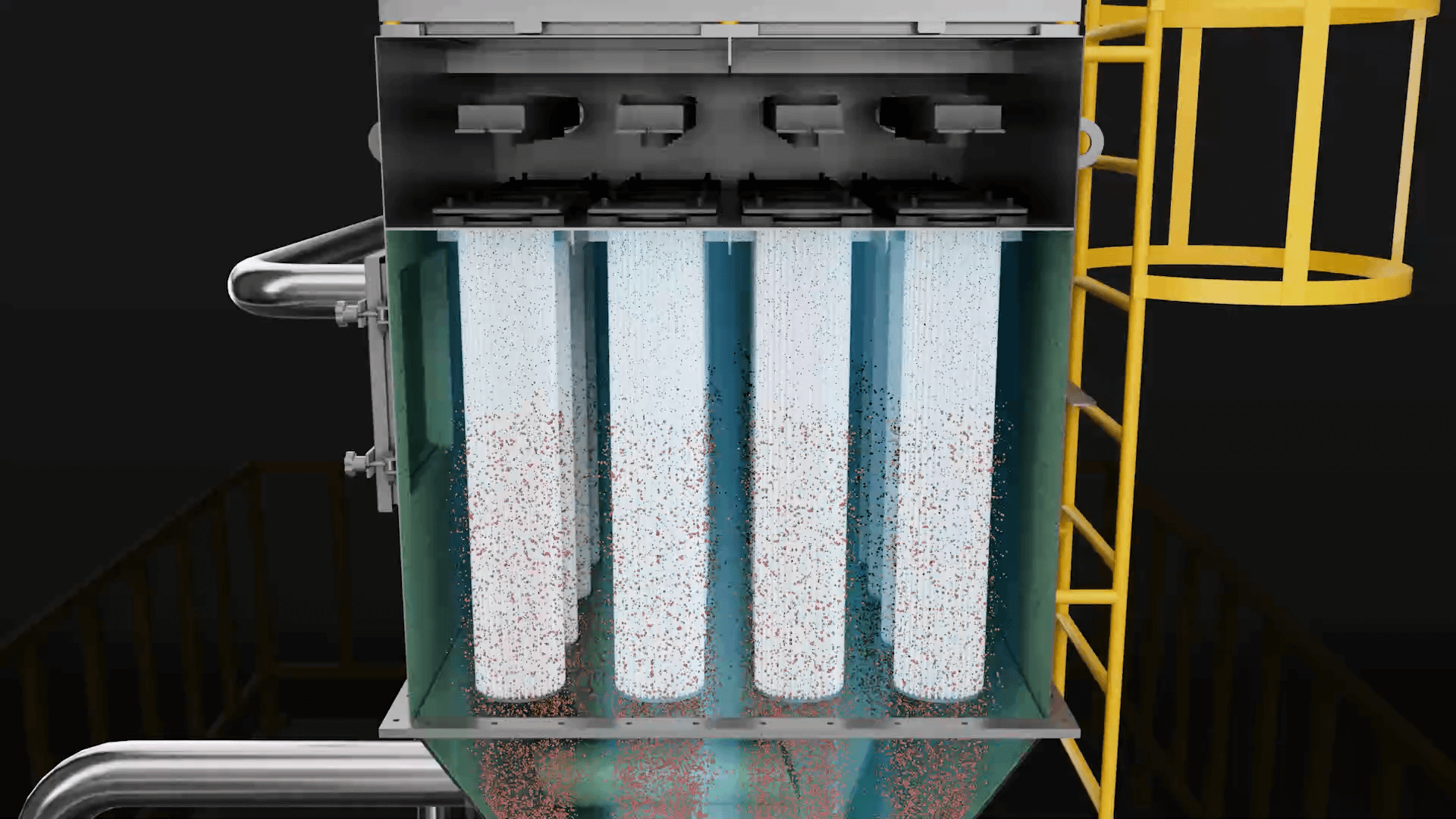
Bag Filter
ㆍThe milled raw materialfollows
the airflowand is adsorbed onto
the surface of the bag filter
ㆍFrom the upper nozzle of the bag filter,
air is momentarily discharged, causing
the material on the filter to move to
the bottom
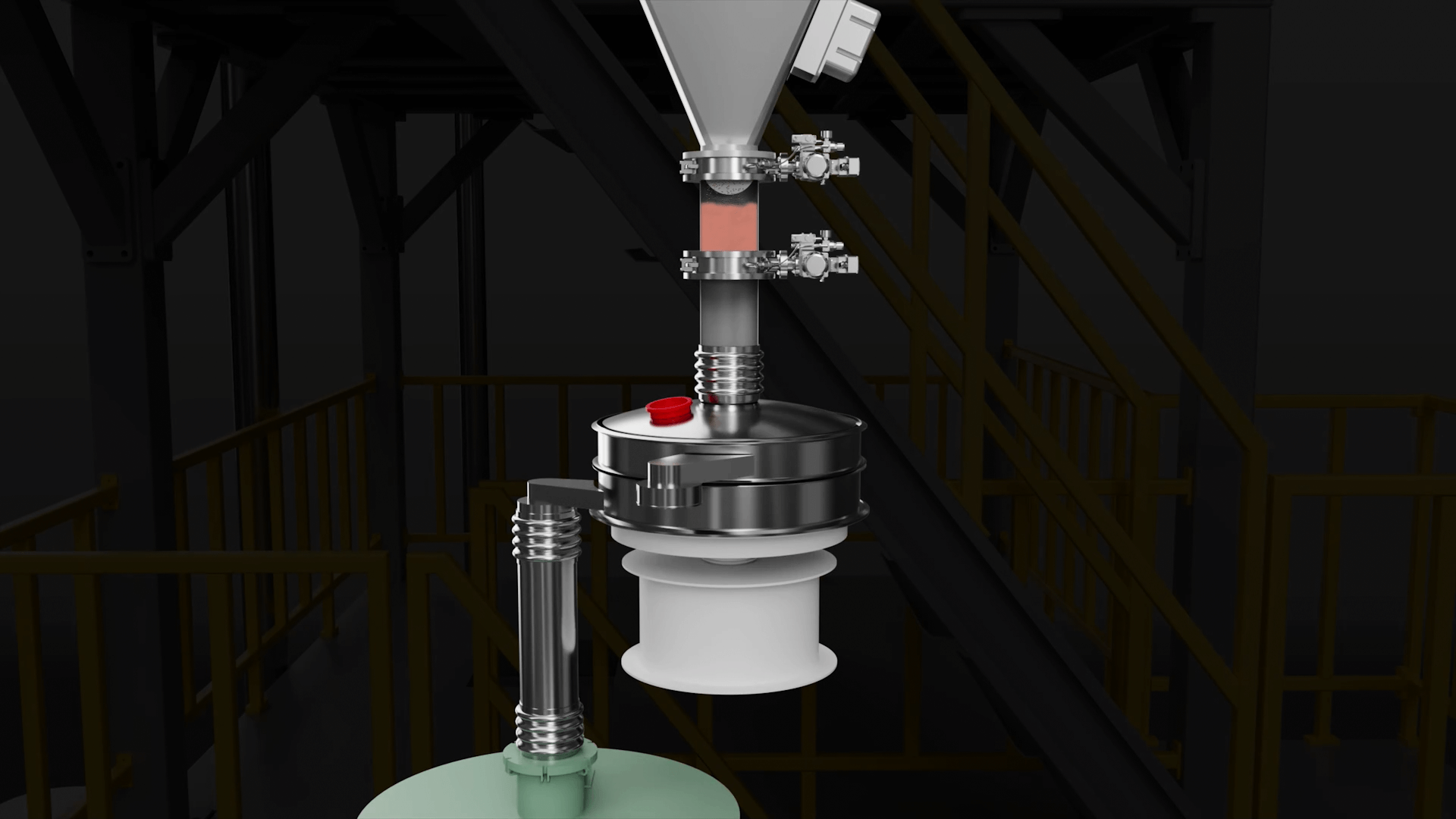
Raw Material Screening Process
ㆍThe material that falls from the bag filteris
introduced into the feeder
ㆍThe ultrasonic vibrationsfrom the feeder
finely shake the material, allowing the sieve
functionto filter the raw material
ㆍThe material that is then discharged is
passed through a magnetic systemat
the bottom of the equipment, removing
any iron contentfrom the material
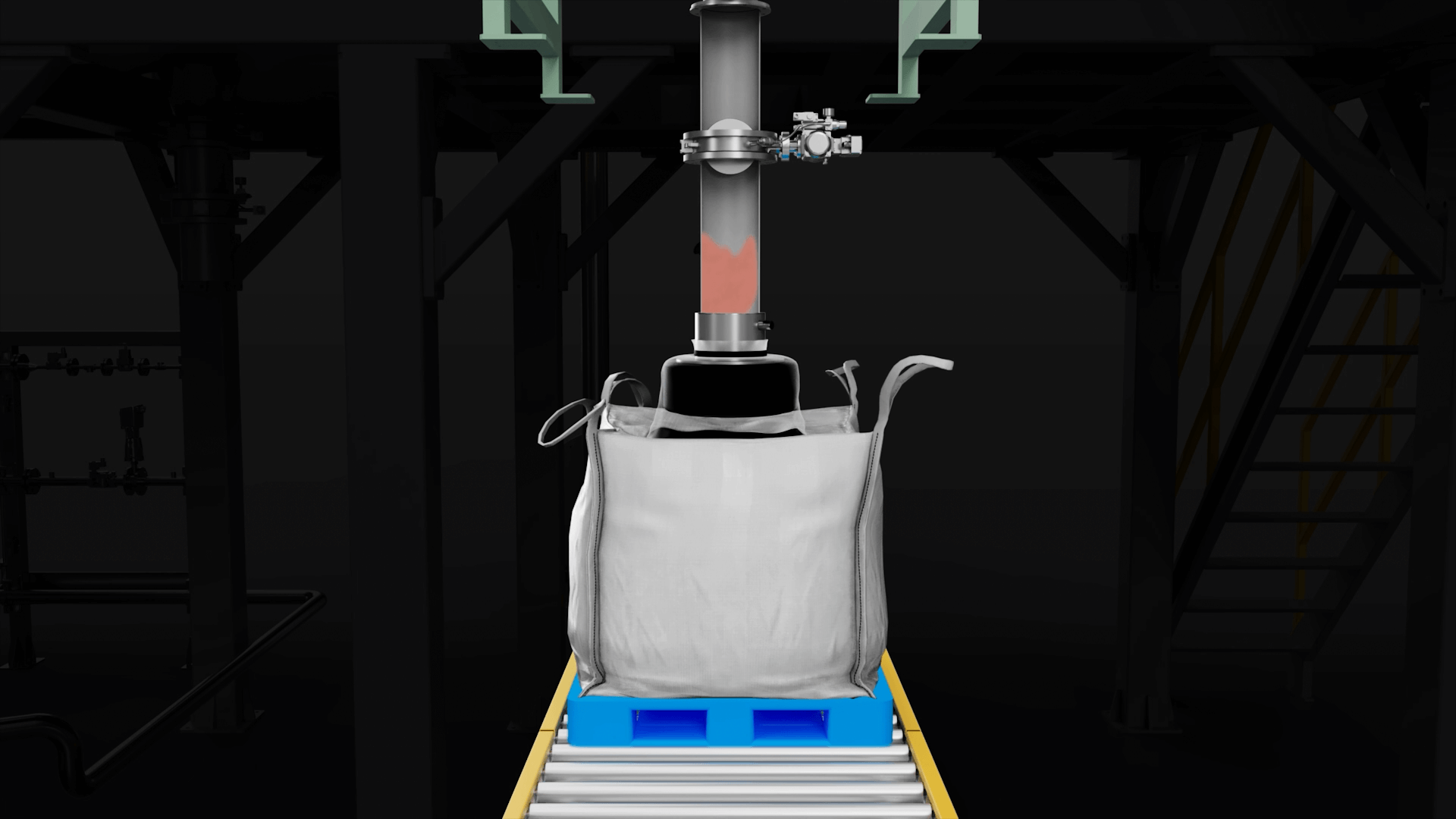
Final Raw Material Transfer
ㆍThe final milled materialis gathered
in one place, completing the process
Applications

Secondary Battery
Materials
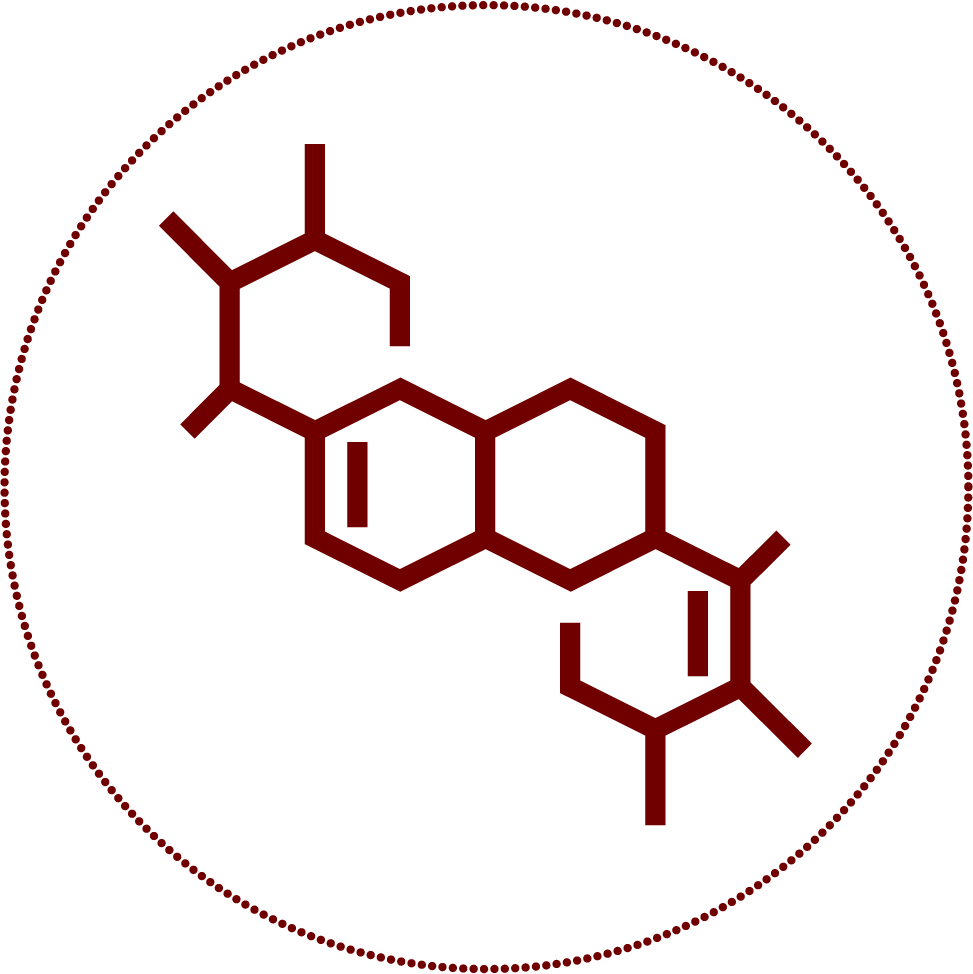
Chemistry

CNT Carbon
Black
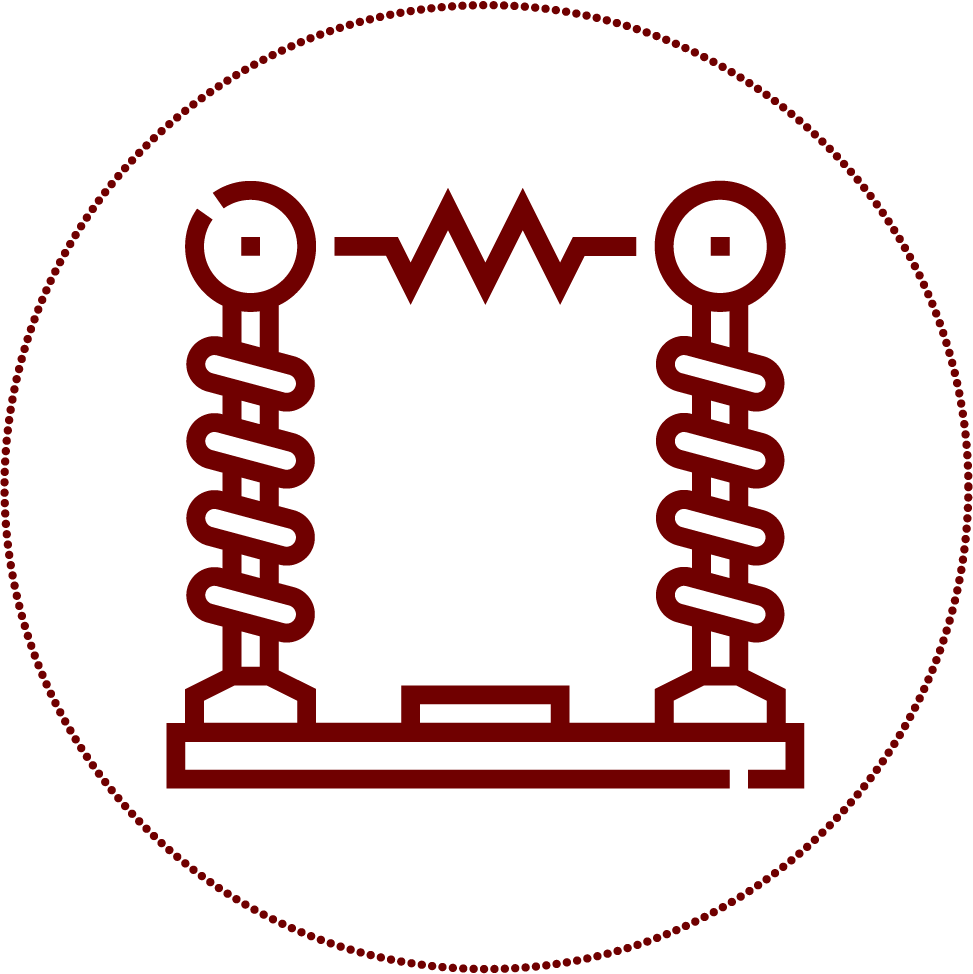
Electronic
Coating

Ceramic
Powder/Glass
Powder

Nanoscience

and
Biomedicine
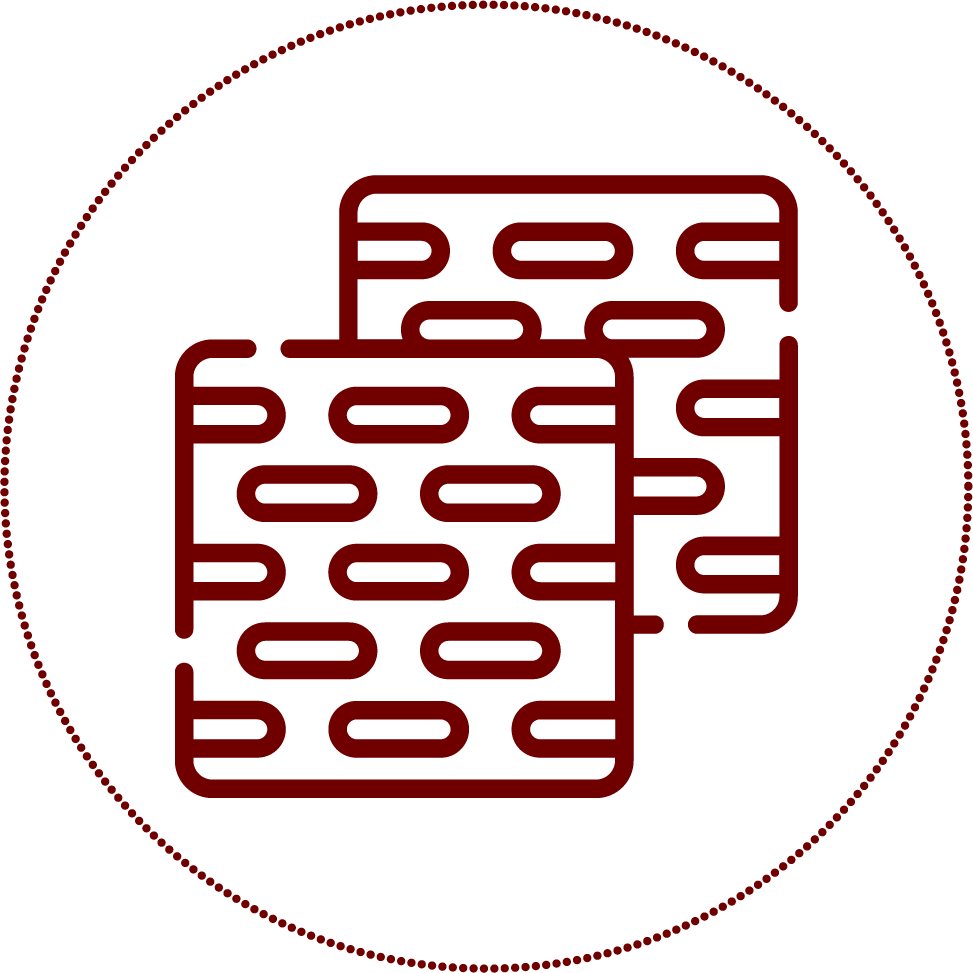
Metal Coating
Air Jet Mill Performance Requirements for the
Secondary Battery Milling Industry
Requirements
for the Secondary Battery
Milling Industry
Energy Transition for a Sustainable Future: Secondary Batteries
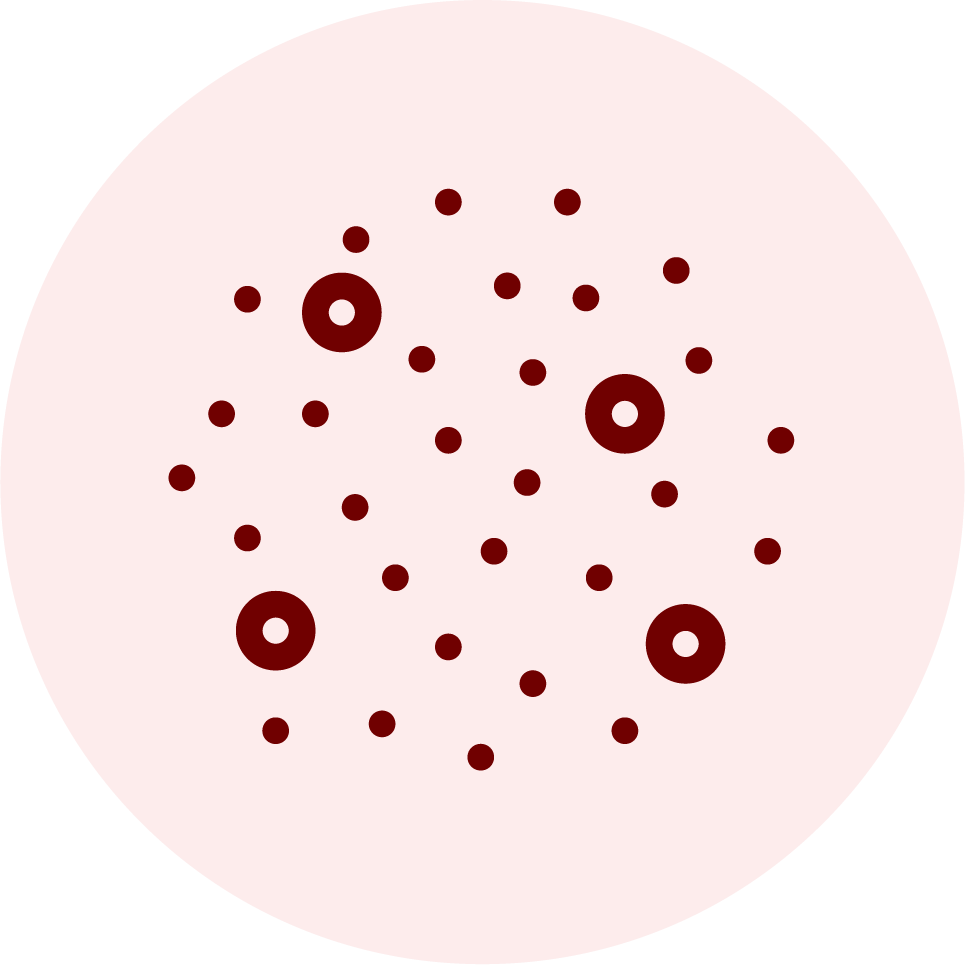
Particle Size Control
and safety of secondary
battery materials by precisely
controlling particle size
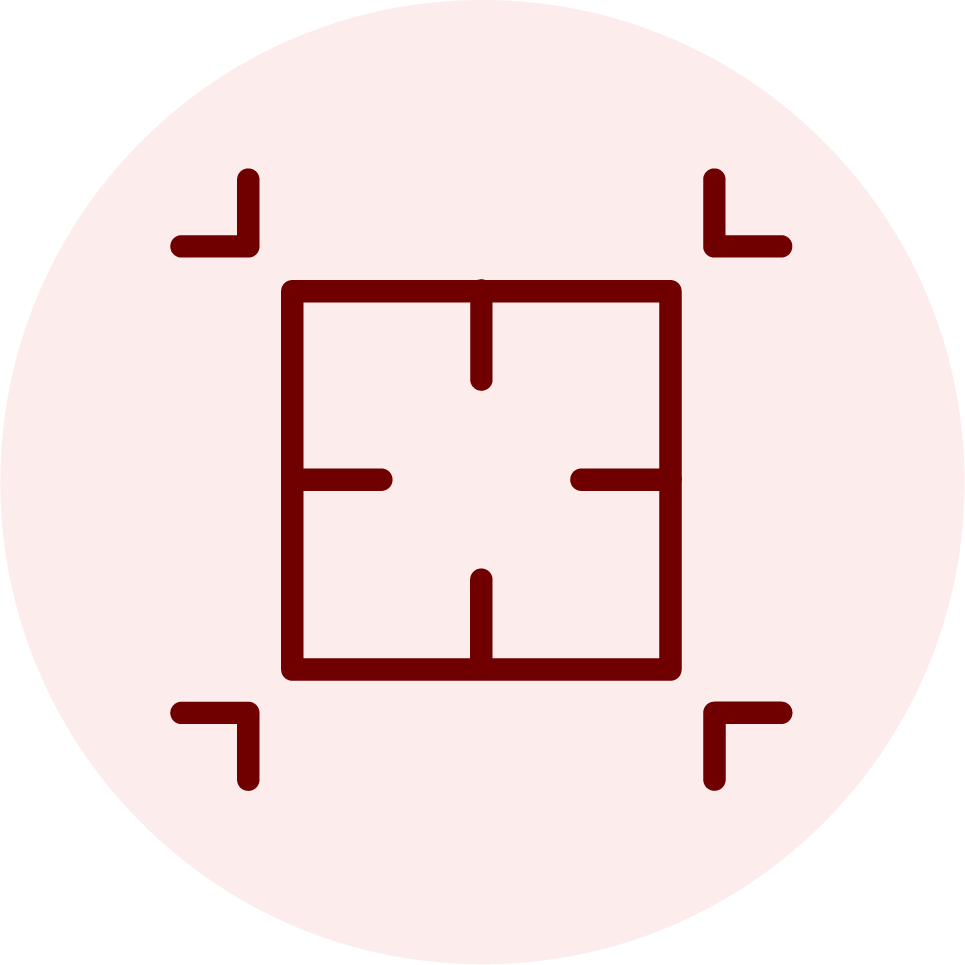
Increased Surface Area
through the process to enhance
chemical reactions and
electrochemical properties
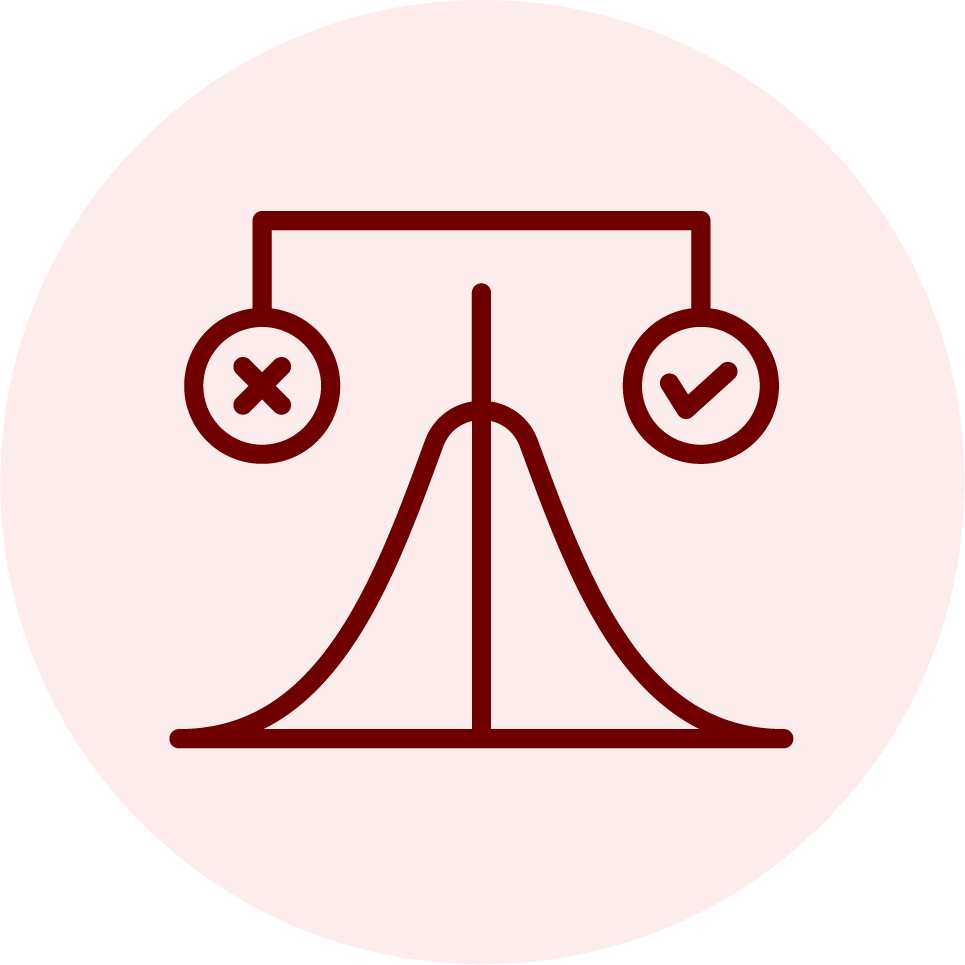
Control
stability and electrical
conductivity of the battery

Production of High-Value-
Added Materials
of high-valueadded materials
by developing new materials
or mixtures

Process
Minimizing environmental impact
and maintaining productivity
through energyefficient processes

Various Materials
and material requirements
of secondary batteries
Particle Size Control
of secondary battery materials
by precisely controlling particle size
Increased Surface Area
through the process to enhance
chemical reactions
and electrochemical properties
Physical Property Control
and electrical conductivity of the battery
Value-Added Materials
of high-valueadded materials
by developing new materials
or mixtures
Process
and maintaining productivity
through energyefficient processes
Materials
and material requirements
of secondary batteries


